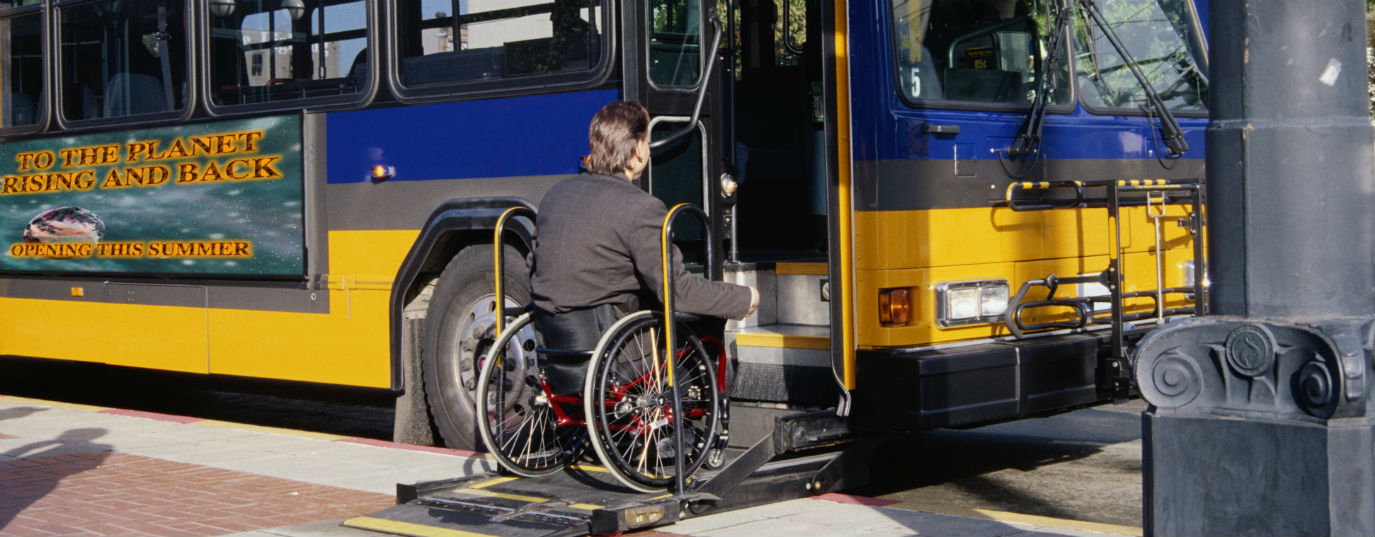Wheelchairs make it to Google Maps, technology at the service of accessibility
Learn about Google Maps' accessible routes for people with reduced mobility, which will help make cities more inclusive
Making cities and slum settlements “inclusive, safe, resilient and sustainable” is the 11th of the Sustainable Development Goals, for which one of the most important challenges is guaranteeing accessibility.
Ensuring that everyone, whatever their physical condition, enjoys the best services and infrastructure, and can move around urban spaces on equal terms, is a challenge communities are finally beginning to embrace. Although there is still much to be done, investment, research and work have already begun to yield some interesting results in accessible cities, including the breakthrough described below.
Wheelchair routes in Google Maps
The technology Company Google has taken an important step toward including people with reduced mobility by introducing wheelchair accessible routes in its app, Google Maps. These routes are also, by extension, suitable for people with other types of physical disabilities, those who need crutches to get around or are pushing a baby stroller.
Until now, Google Maps permitted users to view routes on foot, by car, public transport and, depending on the location, by bicycle or boat. Thanks to this new addition, Google Maps users who move about in a wheelchair will now be able to study beforehand which routes are adapted to their needs and which travel stations and means are accessible for their use.
According to the Company itself: “In city centers, buses and trains are often the best way to get around, which presents a challenge for people who use wheelchairs or with other mobility needs. Information about which stations and routes are wheelchair friendly isn’t always readily available or easy to find.“
Google’s initiative is a clear example of technology at the service of accessibility. The development also helps raise awareness about the barriers people with reduced mobility habitually face in moving about.
More accessible cities
The initiative complements efforts cities are now making to evolve into accessible spaces. Cities can only become truly accessible by adapting key infrastructure – like buildings and spaces, transport and related infrastructure - to people with mobility needs, and providing the necessary information and communication to indicate public facilities and services.
Such efforts in accessibility are being made by cities such as Berlin (Germany), Denver (USA), Milan (Italy) and Gothenburg (Sweden), among others.
Sources: Google, PlanetMedia, Revista Uciencia, Ciudades Sostenibles, Mashable and El Mundo.


